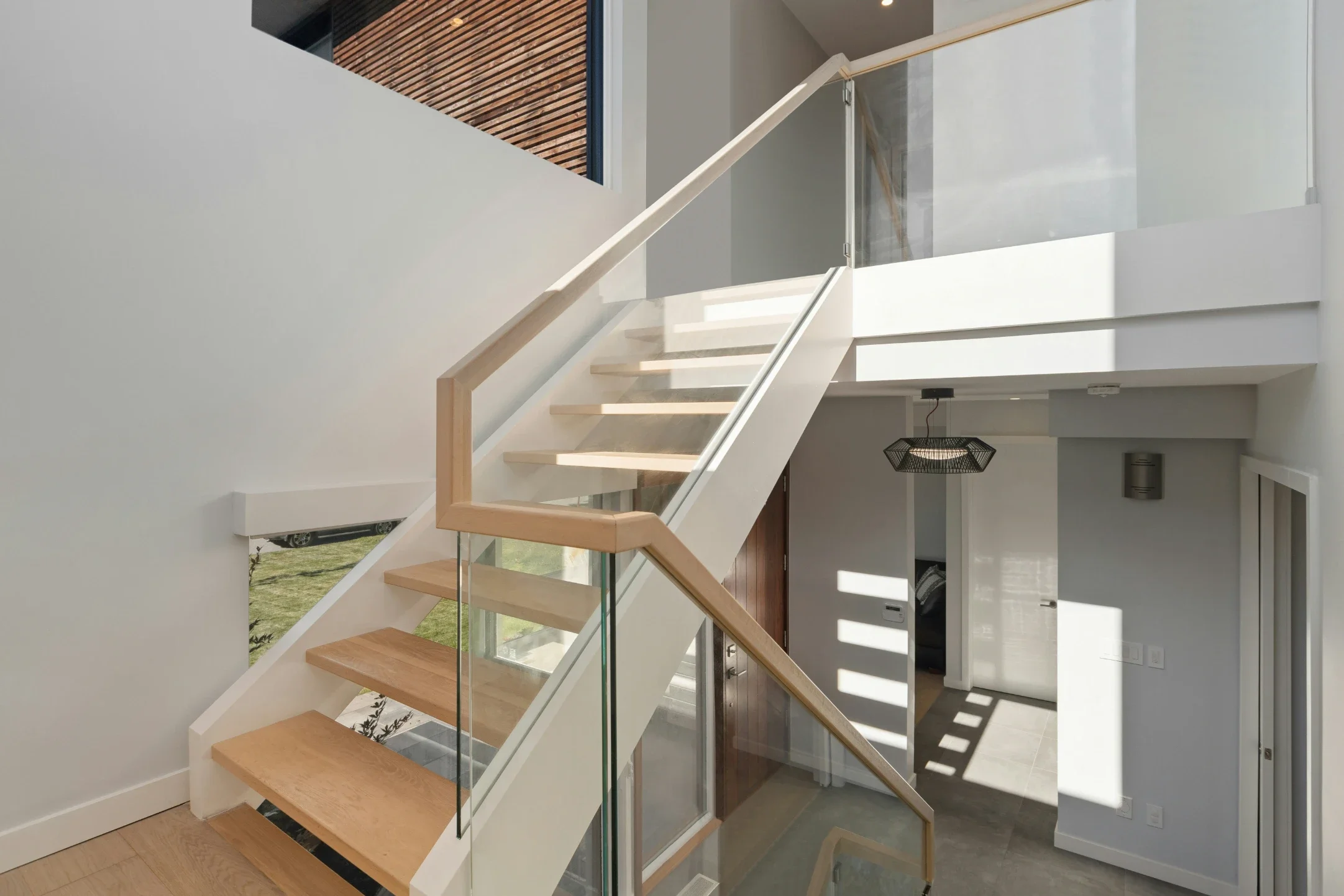What Happens During a Professional Well Drilling Project (From Start to Finish)
Discover what to expect during a professional well drilling project from planning and site prep to drilling, installation, and final testing.
When your well needs replacement, you probably never gave much thought to the drilling process before. Permits, rigging, geological studies, and an expensive-sounding list of equipment make for a daunting project. It can be tough to know what to expect when everything new and unfamiliar arises.
However, well drilling isn't a black box. It's industrialized, requiring unique equipment, processes, and plumbing, but taking a closer look at what happens when helps make it less scary and more project manageable. While every project is different based on whether you're on undeveloped land, replacing a broken well, or looking for more capacity, the project generally follows the same flow.
Assessment and Planning
Before any drilling can happen, a professional must assess where the well will go. There are several factors at play that will determine the site.
It's not just a random decision; where it goes will dictate the eventual water quality and cost of the project. A professional will determine how far it is from septic systems, property lines, and structures. Most county codes require thousands of feet between a well and potential sources of contamination. Additionally, the terrain must be accessible for heavy machinery, as there must be adequate space for the rig to rest.
Geology plays a more significant role than most homeowners realize; there are places where the water table is right below ground or a short distance down. Conversely, others may need drilling 300 plus feet. Rocky ground is more complicated to drill through than sand or clay. Many homeowners work with a well drilling company which provide familiarity in the area with geology, they can tell how far they have to go based on surrounding wells and regional H2O data.
Permits are also a facet of the planning process. Most counties require well permits before any digging can begin. The permit application process generally requires a site plan with the proposed well and its distance from other structures. Processing time varies from days to weeks, depending on your local government.
Mobilization and Digging
Once permits are complete and the site is marked, it's time for the equipment to arrive. The drilling will begin.
Well drilling rigs are massive pieces of machinery; they require level surfaces and plenty of access space to clear them of any vegetation. If not accessible, path grading may be involved. Then the rig will be placed over the marked proposed location to ensure everything is in place.
How the well is drilled depends on local geological information and what depth is required. Rotary drilling is most common for deeper wells, it's a spinning drill bit that utilizes drilling fluid (water mixed with bentonite clay) that goes straight down through the drill pipe and back up to carry cuttings to the surface. Cable tool is more antiquated - it drives rocks down through the earth, as a reciprocating system, but is slower and less time-efficient.
As crews drill deeper, they monitor what comes back out and track what types of rock they've gone through, sand, clay, various rock types, as they search for water-bearing formations (aquifers). However, hitting one does not mean they stop drilling; instead, they continue until they hit one that supplies water consistently enough to handle household demands with some waste.
Casing and Sealing
Once the borehole reaches its target depth, it needs protection.
Well casing is an actual pipe, generally PVC or steel, which lines the drilled hole to ensure it doesn't cave in but also protects against surface contamination from entering your water supply as well. Casing usually goes from above ground to subterranean through dirt and initial rock levels but halts at a stabilized water-bearing formation.
To install casing, sections are lowered into the hole while connecting the pieces on the way down. The connection must be flush, gaps created become potential hazards later on. Once casing is secured, the annular space (the space between the casing and borehole wall) receives grout which fills it up like cement to create a waterproof seal against surface contaminants seeping into the well and also to prevent any caving of casing.
The top of the well receives a sanitary seal, typically a cap that keeps bugs and other debris out but allows an easy opening for maintenance. Some caps even have vents so pressure doesn't build.
Development of the Well
So now there's a big hole in the ground with casing, but it's still not ready to use. Development is essential.
Development is the process of cleaning out a well to improve water flow. While drilling occurs, fines can push into formations on the surrounding walls that partially block pores through which water flows. Development forces water through formations at high speed to clear debris.
Crews use compressed air or surge blocks at first to loosen stuff up; pressure jets help push out material that gets sucked into wells.
This process can take hours or even a day as particles come into wells along with water; it comes out muddy at first but gets clearer as time progresses. The length of time crews develop depends on how clear they can get it but also on stabilized flow levels. Crews must test static water levels (where they sit without pumps) vs recovery (how fast wells recover after pumping dry); this testing tells crews how efficiently this well works.
Pump Installation
Now that everything's clean, operations can begin for in-house systems.
Pump systems connect the well to your house; generally, these are submersible pumps - cylindrical units that get placed down inside wells below water level. Dropped pipes convey water up through pressure tanks; electrical wiring runs down alongside it.
Sizing matters here, too small won't deliver enough pressure as best use; too large cycles too quickly (on/off/on) and breaks faster due to higher burnout potential. Crews size these based on flow rates, depth from resources, and expected demand by residents.
Pressure tanks reside in basements or utility rooms to maintain consistent pressure levels throughout homes; while taps are open all over houses, pumps don't kick in every time someone turns on water; these systems keep water pressured in tanks until they're directed to be used. It includes pressure switches that turn pumps on/off based on the readings from pressure tanks.
Testing
Now that everything's established and assuming it's correctly working, testing comes next before crews leave.
Crews test pumps over sustained use for flow rates and levels; they're looking at pressures and recovery rates constantly asking if they can recover without breaking.
Water samples usually happen in this phase; results take a few days as they check for bacteria, minerals, and contaminants, this initial test tells people whether treatment is necessary.
Final forms of maintenance occur after testing; crews tell homeowners what check-up they should do themselves (pressure tank readings), what sounds are normal/abnormal as well as showing what has been achieved (depths and casings). Paperwork outlines depths drilled/casings used/pump specs/water testing results should be kept for future maintenance efforts (and if selling homes).
What Does This Mean for Timeline?
A basic residential project involving drilling can be completed in three-five days from rigging arrival to pumping systems going in; this includes drilling, putting in casings, development (even though it likely takes longer) and pumping setup. Complications such as hard rock or deeper needs may require longer times.
However, what's not included is permitting before access and testing after installation, this adds weeks as most counties require permitted applications before digging starts; in addition, it takes days for water test results (likely similar to county processing times).
Expect weeks from initial consult until you can use your new personal well system; on average since years went by before this point, however, it's worth it!
It takes crews, often a complement of specialists, heavy machinery and intricate work but when it's done properly it provides decades of reliable systems, and you want to know what happens along the way!






























